Introduction
A sketchbook is a personal, portable space for you to capture your ideas, observations, and inspirations.

It serves as a playground for creative exploration and a repository of artistic potential.
The act of keeping a sketchbook has gained significant traction in recent years, with many artists, both amateur and professional, embracing it as an essential tool for nurturing their creativity.
- Why Sketchbooks Matter in the Artistic Journey
- 1. Enhancing Drawing Skills and Technique
- 2. Stimulating Creativity and Idea Generation
- 3. Recording Inspiration and Visual References
- 4. Embracing Mistakes and Experimentation
- 5. Personal Expression and Visual Journaling
- 6. Drawing Inspiration from Famous Artists’ Sketchbooks
- Summary
Why Sketchbooks Matter in the Artistic Journey

The purpose of this post is to shed light on the invaluable role that sketchbooks play in your artistic journey.
Whether you are an aspiring artist looking to hone your skills or someone seeking a means of self-expression through visual art, understanding the significance of a sketchbook can be transformative.
Trust me:
By exploring the reasons why integrating a sketchbook into your creative routine can be both enriching and rewarding, I’m hoping to inspire and motivate you to start or continue your sketchbook this year.
1. Enhancing Drawing Skills and Technique
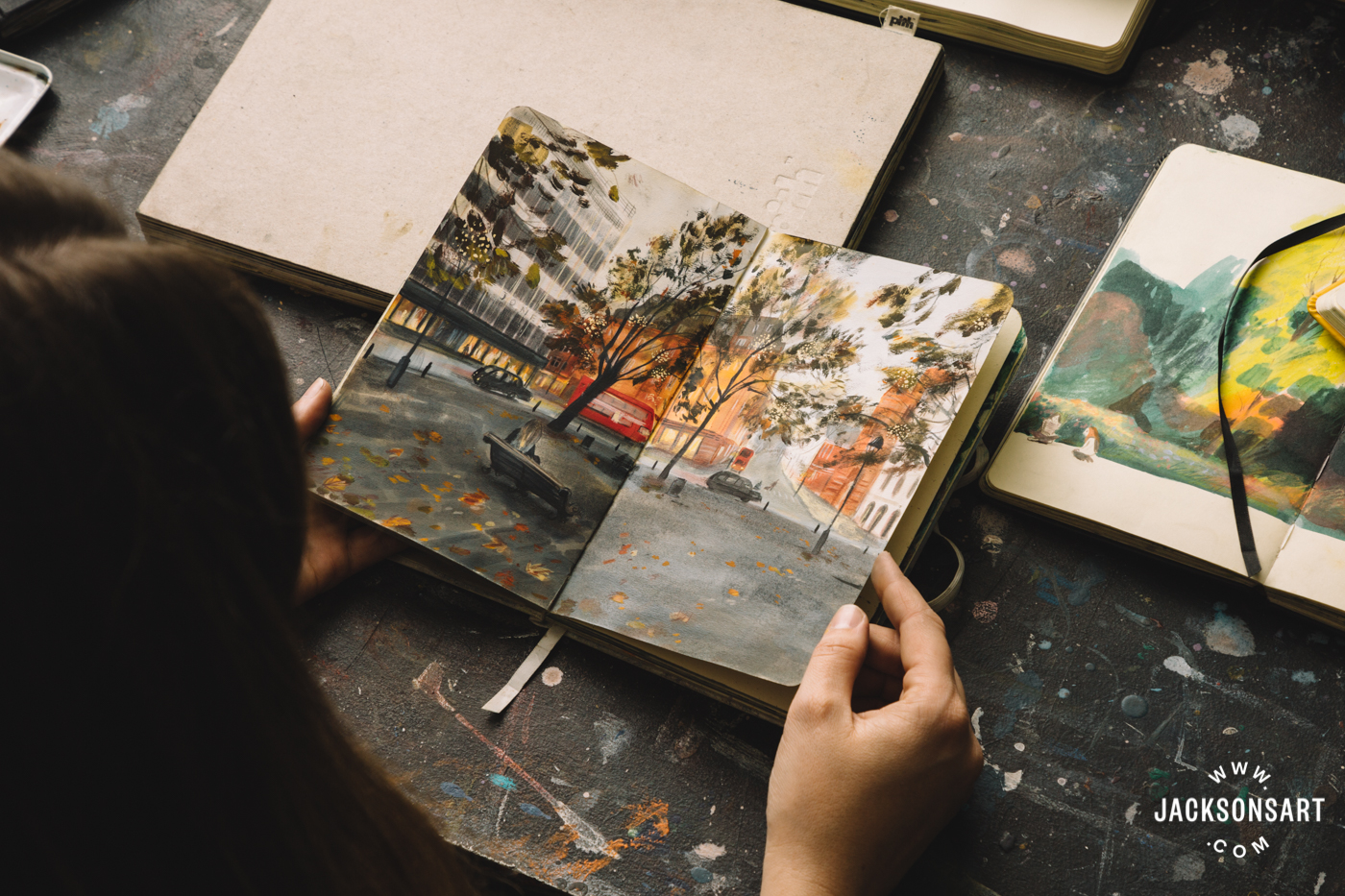
Regular sketching in a dedicated sketchbook is a powerful tool for artists to improve their drawing abilities.
Whether you’re a beginner or an experienced artist, keeping a sketchbook can provide numerous benefits in terms of skill development and technique refinement.
Here are some key points to consider:
Consistency breeds improvement
Like any skill, drawing requires practice and repetition.
By incorporating regular sketching sessions into your routine, you can train your hand-eye coordination, hone your observational skills, and develop muscle memory.
The more you draw, the better you’ll become at capturing proportions, shapes, and details accurately.
Exploration of different subjects
A sketchbook allows you to explore a wide range of subjects, from still life objects to landscapes, portraits, and even abstract concepts.
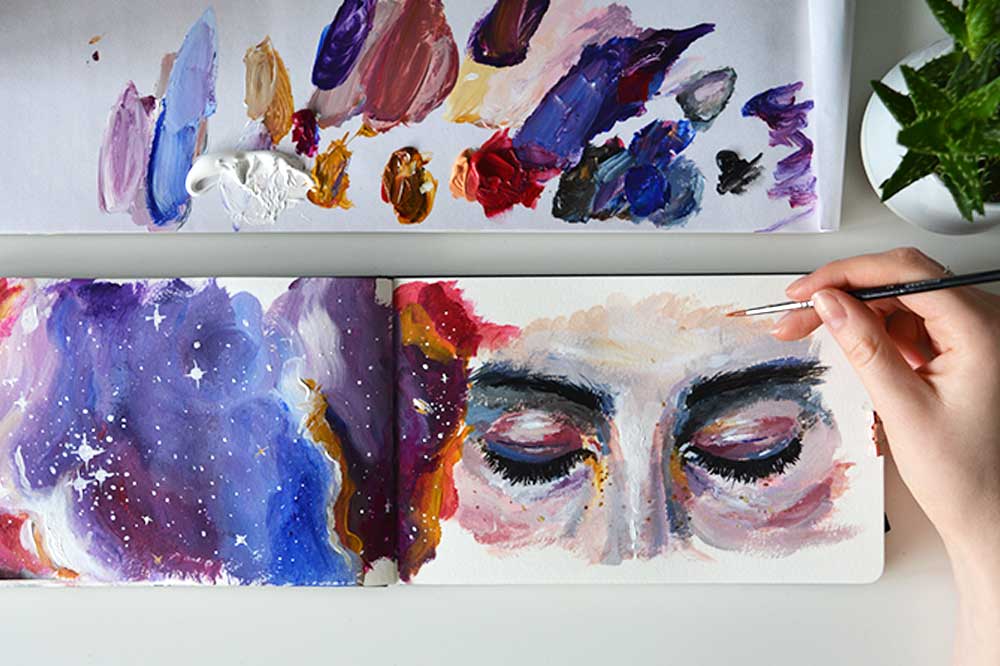
This diversity helps you expand your visual vocabulary and adapt to various artistic challenges.
As you experiment with different subjects in your sketchbook, you’ll gain confidence in tackling new artistic endeavors.
Experimentation with different techniques
One of the advantages of using a sketchbook is the freedom it provides for experimentation.
It’s your creative playground after all. Feel free to practice certain techniques over and over again as you please!
Sketchbooks offer a low-pressure environment where mistakes are expected and encouraged, allowing you to push your boundaries and explore new artistic possibilities.
Drawing exercises for skill development
Your sketchbook can be an excellent platform for practicing specific drawing exercises that target areas you want to improve.
Some popular exercises include gesture drawing (quickly capturing the essence and movement of a subject), contour drawing (focusing on the outline), or blind contour drawing (drawing without looking at the paper).
These exercises help train your hand-eye coordination, observation skills, and understanding of form.
Sketching techniques for capturing light and shadow
Sketchbooks also provide an opportunity to experiment with different techniques for capturing light and shadow.
You can practice shading techniques such as cross-hatching, stippling, or using a blending stump to create smooth gradients.
By exploring these techniques in your sketchbook, you’ll develop a better understanding of how light interacts with different surfaces and improve your ability to create depth in your drawings.
By dedicating time to regular sketching in a sketchbook, you’ll notice significant improvements in your drawing skills and technique over time.
Remember…
The purpose of keeping a sketchbook is not solely to produce finished artworks but rather to embrace the process of learning and growth as an artist. So grab your sketchbook, start drawing, and let your creativity flow!
2. Stimulating Creativity and Idea Generation
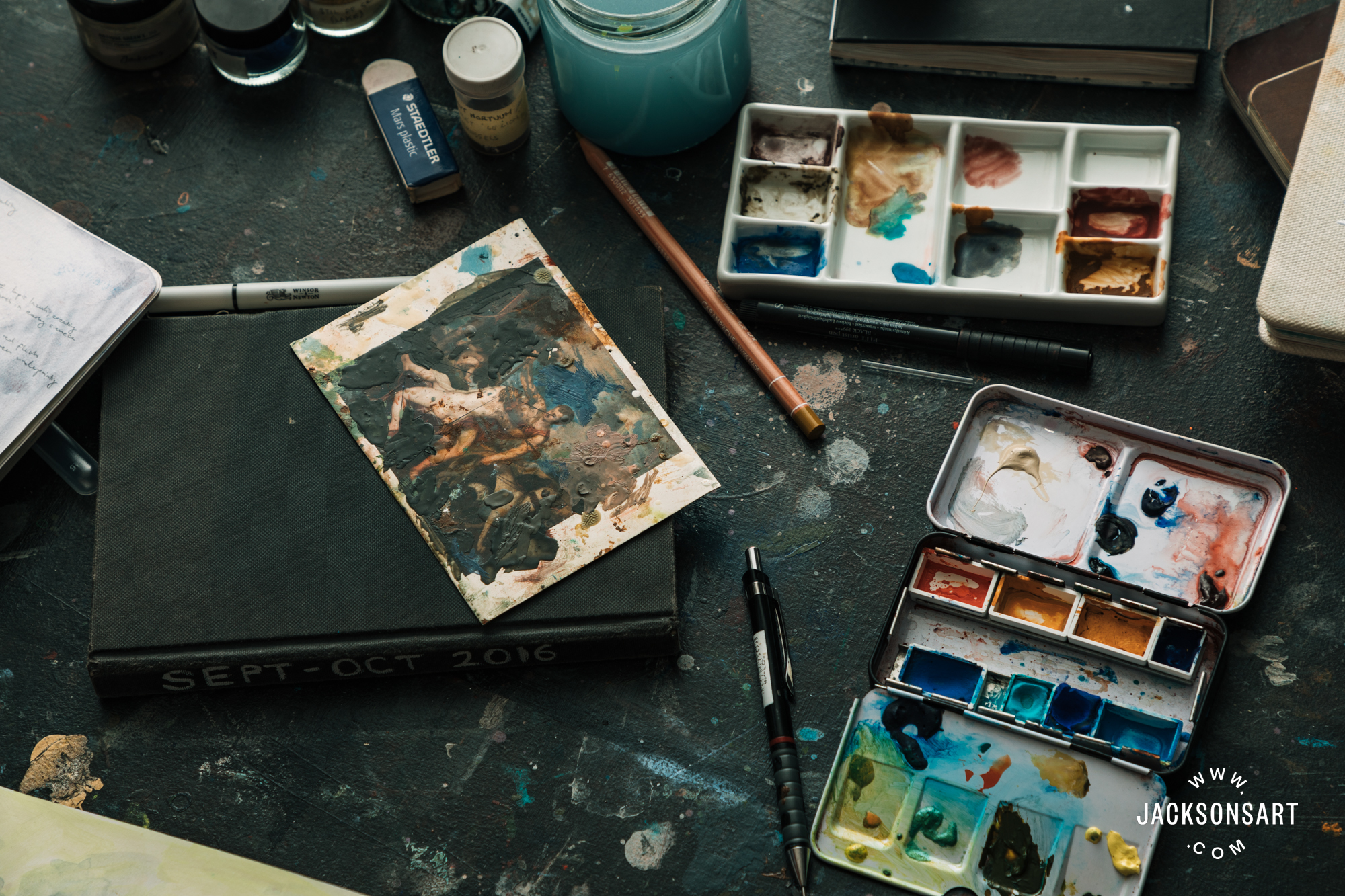
Sketchbooks play a pivotal role in stimulating creative thinking and generating new ideas for artworks.
They serve as a safe space for artists to explore their imagination and push the boundaries of their artistic practice.
Here are some key points on how sketchbooks foster creativity and idea generation:
Unleashing Creative Thinking
Sketchbooks provide a blank canvas where artists can freely express their ideas without the pressure of creating a final masterpiece.
This freedom allows for experimentation, spontaneity, and the exploration of new concepts and techniques.
Mind Mapping
Feel free to include written notes in your sketchbook!
Taking this one step further…
Mind maps are visual diagrams that help organize thoughts and generate new ideas.
By creating mind maps in a sketchbook, artists can visually connect different concepts, explore associations, and uncover unique perspectives.
Thumbnail Sketching
Another valuable technique for idea generation is thumbnail sketching.
This is especially common for concept artists, who require quick thumbnail sketches for brainstorming.
Thumbnail sketches are small, quick drawings that capture the essence of an idea or composition.
They serve as a visual brainstorming tool, allowing artists to explore various compositions, perspectives, and visual elements before committing to a final artwork.
Using these thumbnails, you can also experiment with the color palette you intend to use.
Exploratory Sketches
Sketchbooks encourage artists to engage in creative exploration by encouraging them to experiment with different styles, mediums, and subject matters.
Artists can use their sketchbooks to try out new techniques, test color combinations, or even reimagine existing artworks in their own unique style.
Daily Prompts
Some artists find it helpful to set daily prompts or challenges for themselves within their sketchbooks. These prompts can be specific themes, objects, or emotions that artists aim to capture through their sketches.
Daily prompts not only stimulate creativity but also establish a consistent artistic practice that helps build momentum and discipline.
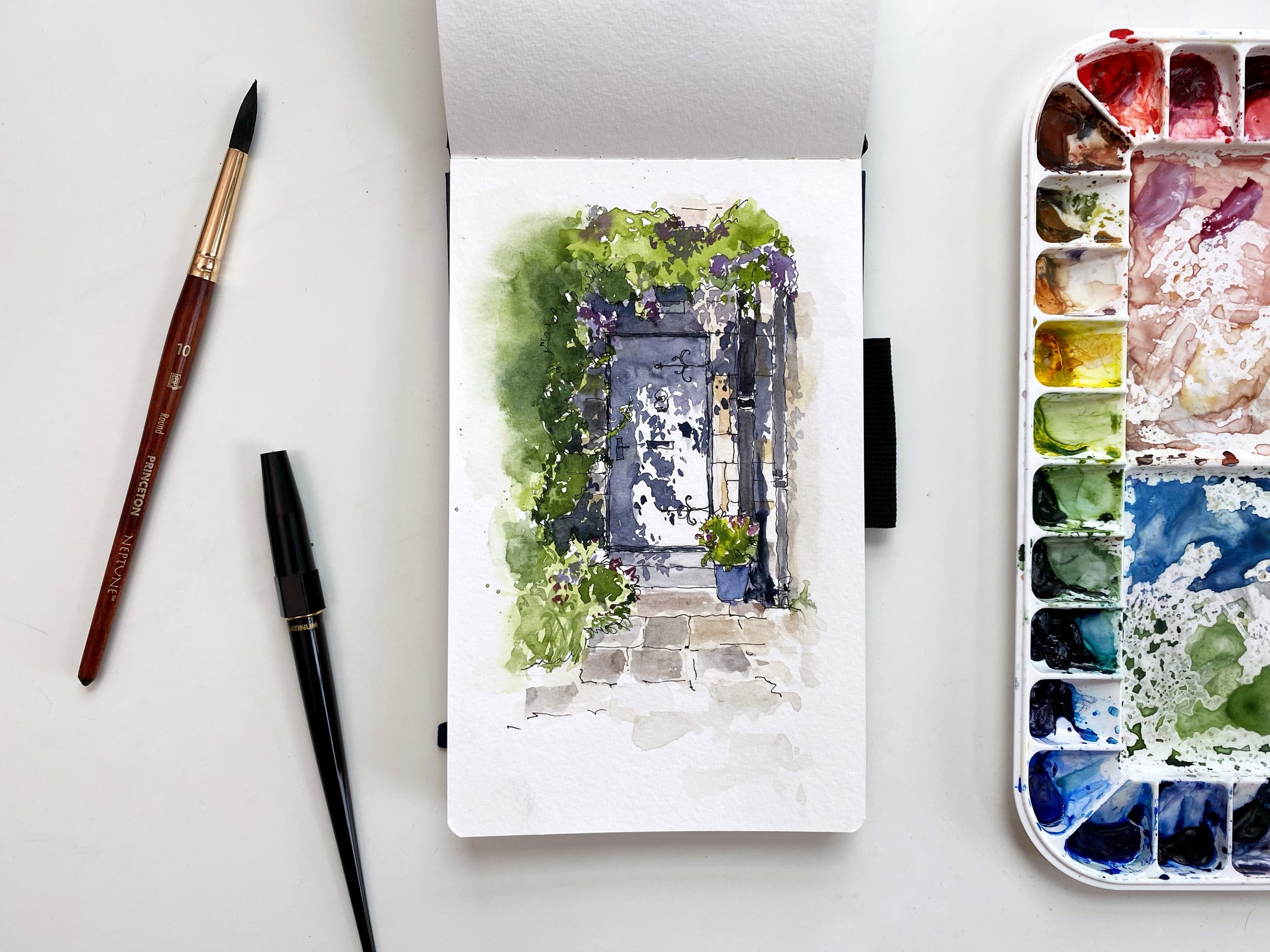
Incorporating these techniques into your sketchbook practice can significantly boost your creativity and generate a vast array of ideas for your artworks.
The beauty of using a sketchbook for idea generation is that it provides a visual record of your creative journey, showcasing the evolution of your ideas over time.
By utilizing mind mapping, thumbnail sketching, exploratory sketches, and daily prompts in your sketchbook, you create an environment that fosters creativity and nurtures the growth of your artistic voice.
Embrace the freedom and spontaneity that sketchbooks offer, allowing yourself to explore uncharted territories and discover new artistic possibilities.
Remember:
There are no limits or boundaries when it comes to creativity.
Your sketchbook is a sanctuary for your imagination, where you can let your ideas flow freely and embark on exciting artistic adventures.
So grab your sketchbook and dive into the realm of endless possibilities!
3. Recording Inspiration and Visual References
Sketchbooks are a must-have for artists. They help you capture moments of inspiration and gather visual references that can be used later in your art projects. With a sketchbook by your side, you can create your very own visual library filled with ideas and inspiration. Here are some important things to remember when it comes to recording inspiration and visual references in your sketchbook:
Capturing Moments of Inspiration
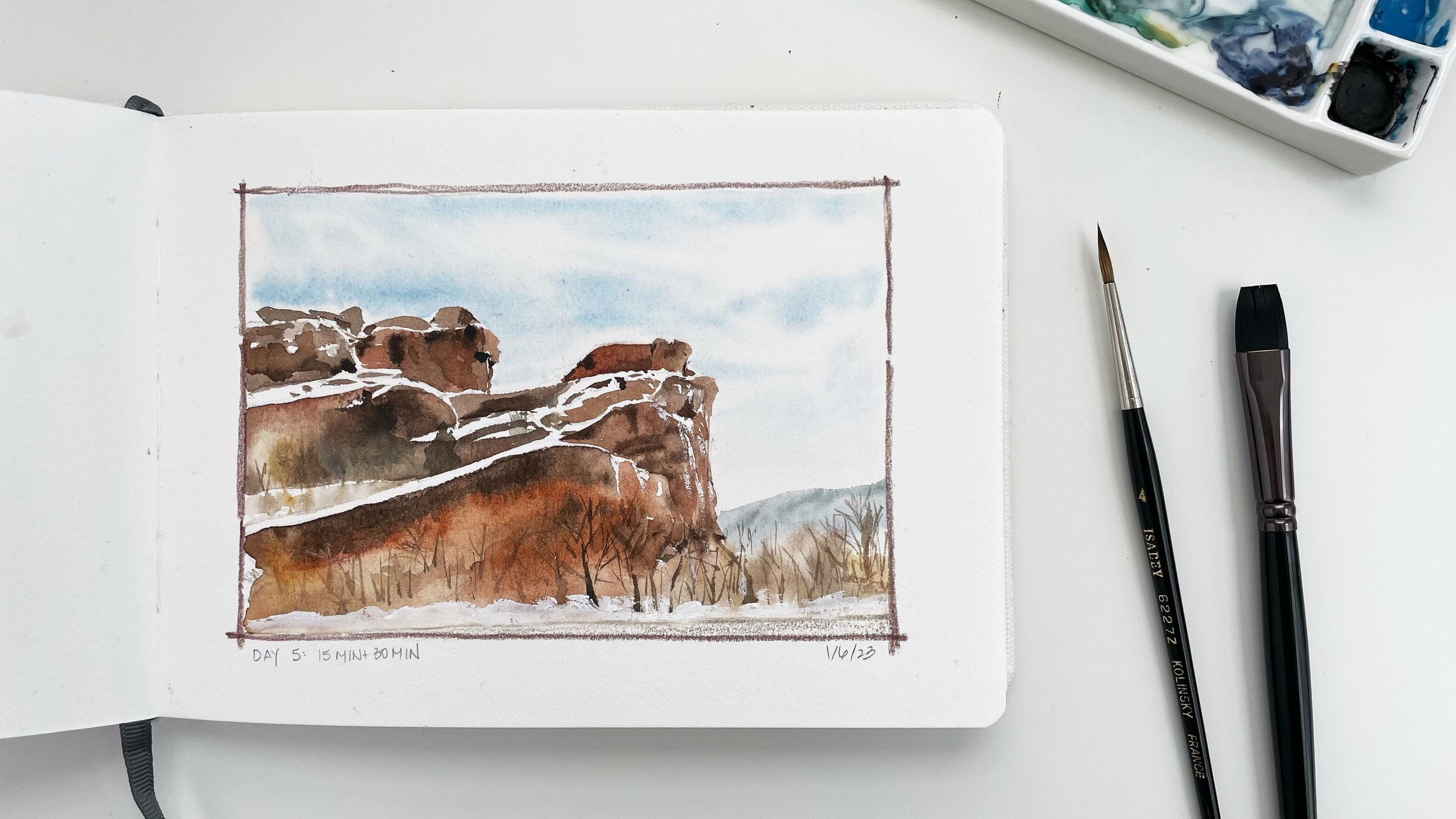
A sketchbook gives you a dedicated space to quickly jot down any spontaneous bursts of creativity.
It could be anything – a breathtaking landscape, an intriguing character, or a captivating color combination.
By capturing these moments in real-time, you preserve their essence and can revisit them whenever you need a spark of inspiration.
Collecting Visual References
Think of your sketchbook as a treasure chest for collecting visual references. You can include photographs, magazine cutouts, or even small objects that catch your eye.
These references can range from specific subjects like animals or buildings to more abstract elements such as textures or patterns.
Having a collection of visual references at your fingertips saves you time and effort when starting new projects.
Organizing Inspirational Materials
To make the most of your sketchbook as an inspiration resource, it’s essential to organize your materials effectively.
Consider using different sections or tabs within your sketchbook to categorize your inspirations based on themes or subjects. This way, you can easily find specific references when you need them.
Don’t forget to add notes or sketches alongside your inspirations to provide additional context or ideas for future artworks.
Annotating and Analyzing Inspirational Materials
When recording inspiration in your sketchbook, go beyond just visuals. Take the opportunity to write down your thoughts, observations, and ideas related to the inspiration as well.
By analyzing what initially attracted you to a particular subject or concept, you gain a deeper understanding of your artistic preferences and motivations. T
his analytical approach contributes to the development of your unique artistic style.
Sketchbook as a Visual Diary
Apart from being a collection of inspirations, your sketchbook can also act as a visual diary of your artistic journey.
It allows you to document your progress, experiments, and creative breakthroughs over time.
Looking back at previous pages in your sketchbook gives you insights into your growth as an artist and reminds you of past ideas that you may want to revisit or further develop.
By recording moments of inspiration and collecting visual references in a sketchbook, artists create a valuable resource that fuels their creativity and provides a wellspring of ideas for future artworks.
The act of organizing and annotating these materials enhances the effectiveness of the sketchbook as a tool for inspiration. S
o, grab your sketchbook and start capturing those moments that ignite your imagination!
4. Embracing Mistakes and Experimentation
Maintaining a sketchbook offers a safe space for artists to embrace mistakes and take creative risks without the fear of judgment or failure. Here’s how keeping a sketchbook can encourage artistic experimentation:

Embracing Imperfections
Sketchbooks allow artists to view mistakes as opportunities for growth rather than failures. The imperfections in sketches become part of the creative journey, fostering resilience and adaptability in the artistic process.
Freedom to Explore
Unlike final artworks, sketchbooks provide an environment where artists can freely experiment with new techniques, styles, and unconventional ideas. The absence of pressure to produce a masterpiece liberates artists to explore uncharted territories in their creativity.
Risk-taking
Through sketching, artists can push beyond their comfort zones and challenge themselves to try new approaches without the constraints of perfection. This willingness to take risks nurtures innovation and originality in artistic expression.
By embracing mistakes and allowing room for experimentation, artists can tap into their full creative potential while honing their skills in a supportive and non-judgmental setting.
5. Personal Expression and Visual Journaling
Personal expression and visual journaling play important roles in keeping a sketchbook.
Using a sketchbook as a tool for personal storytelling and self-expression through art allows artists to delve into their thoughts, emotions, and experiences visually.
Adding writing and mixed media elements can further enhance the depth and richness of a visual journal-style sketchbook.
Why Personal Expression Matters
Sketchbooks provide a unique space for artists to tell their own stories. Whether it’s capturing daily life experiences, documenting travels, or expressing inner thoughts and emotions, a sketchbook allows for personal narratives to unfold visually.
Through drawings, paintings, collages, or any other artistic techniques, artists can create a visual record of their lives and share their unique perspectives with others.
The Power of Self-Expression
Keeping a sketchbook offers artists the freedom to express themselves authentically. Unlike commissioned work or art created for specific purposes, sketchbooks allow for complete artistic freedom. Artists can experiment with different styles, themes, and subjects without any external expectations or limitations. This freedom fosters self-discovery and enables artists to explore their creativity in new and unexpected ways.
Enhancing Art with Writing and Mixed Media

Sketchbooks are not limited to just drawings. They can also incorporate elements of writing, such as journal entries, poetry, or quotes that accompany the artwork.
The fusion of words and images adds another layer of meaning and depth to the artwork.
Furthermore, artists can include various materials like photographs, magazine clippings, ticket stubs, or found objects in their sketchbooks. These mixed media elements add texture and context to the visual storytelling process.
By combining personal expression with visual journaling techniques in a sketchbook:
- Artists can create a powerful tool for self-reflection and exploration.
- The act of putting thoughts onto paper helps clarify ideas and emotions while providing an outlet for creative expression.
Example: Imagine a sketchbook filled with sketches of nature scenes accompanied by personal reflections on the artist’s connection to the natural world. The drawings, combined with heartfelt prose or poetry, create a visual journal that captures the artist’s deep appreciation for nature and their desire to preserve it.
Personal expression and visual journaling are integral components of keeping a sketchbook.
Through personal storytelling and the inclusion of writing and mixed media, artists can delve into their thoughts, feelings, and experiences in a visually engaging way.
6. Drawing Inspiration from Famous Artists’ Sketchbooks
Insights from the sketchbook practices of renowned artists offer valuable lessons on how preliminary sketches and ideas can influence their finished masterpieces.
By studying the sketchbooks of famous artists, you can gain unique insights into their creative processes and see how their raw concepts evolved into iconic works of art.
Examples of Influential Artists and Their Sketchbooks
1. Leonardo da Vinci
- Leonardo da Vinci’s sketchbooks are renowned for their intricate anatomical studies, scientific observations, and imaginative inventions. His sketches provide a glimpse into his insatiable curiosity and multidisciplinary approach to creativity. The detailed drawings of human anatomy and natural phenomena in his sketchbooks influenced his paintings, such as the iconic “Mona Lisa” and “The Last Supper.”
2. Frida Kahlo

- Frida Kahlo’s personal and emotive style is vividly captured in her sketchbooks, where she documented her innermost thoughts and struggles. Her sketches often served as studies for her self-portraits, reflecting her physical and emotional pain. By exploring Kahlo’s sketchbooks, one can witness the intimate connection between her personal experiences and her powerful artworks.
Unveiling the Creative Process
Studying the sketchbooks of these iconic artists provides a deeper understanding of their innovative thinking and artistic development:
- Evolution of Ideas: Examining preliminary sketches allows you to trace the evolution of an artist’s ideas from inception to fruition. You can witness how initial concepts were refined and transformed into the final compositions that defined these artists’ legacies.
- Experimental Techniques: Artists often use their sketchbooks as experimental grounds for testing new techniques, compositions, or styles before integrating them into larger works. Exploring these experiments can inspire you to fearlessly explore your own artistic boundaries.
- Personal Insights: Sketchbooks offer intimate insights into an artist’s personal experiences, emotions, and daily observations. This raw authenticity can serve as a reminder that art is a deeply personal form of expression.
Learning from History
By delving into the sketchbooks of renowned artists, you gain access to a treasure trove of knowledge that transcends time:
- Cultural Significance: These sketchbooks provide cultural and historical context, offering a glimpse into the societal influences that shaped the artists’ perspectives and creations.
- Legacy Preservation: Studying these artifacts preserves the legacy of influential artists while providing invaluable educational resources for aspiring creators.
Summary
Keeping a sketchbook is not just a trendy activity; it is a valuable practice that can GREATLY benefit artists and individuals looking to nurture their creativity.
Let’s recap the key benefits and emphasize the enduring relevance of sketchbooks in an increasingly digital age:
- Artistic Growth: Regular sketching in a dedicated book enhances drawing skills and techniques. It provides an opportunity to practice different exercises and explore various sketching techniques, ultimately improving your artistic abilities.
- Stimulating Creativity: Sketchbooks serve as a tool for stimulating creative thinking and generating new ideas. By using methods such as mind mapping and thumbnail sketching, you can unlock fresh perspectives and unleash your imaginative potential.
- Recording Inspiration: Sketchbooks are perfect for capturing moments of inspiration and collecting visual references. By organizing and annotating these materials within the pages of your sketchbook, you create a valuable resource for future art projects.
- Embracing Mistakes: Maintaining a sketchbook allows you to embrace imperfections and take risks with your creative experiments. It offers the freedom to explore new techniques and styles without the pressure of producing a final masterpiece.
- Personal Expression: Sketchbooks enable personal storytelling and self-expression through art. You can incorporate elements of writing and mixed media, turning your sketchbook into a visual journal that reflects your unique experiences.
- Drawing Inspiration from Famous Artists: Insights from renowned artists’ sketchbooks showcase how their preliminary drawings influenced their finished pieces. Studying famous artists like Leonardo da Vinci and Frida Kahlo can provide unique insights into their creative process.
Keeping a sketchbook is a practice that offers numerous benefits for both artistic growth and personal development.
I encourage you to start incorporating regular sketching habits into your routine and experience the advantages firsthand.
In an increasingly digital age, sketchbooks continue to serve as a tangible record of creative exploration.
So grab a sketchbook, unleash your creativity, and embark on an artistic journey like no other!

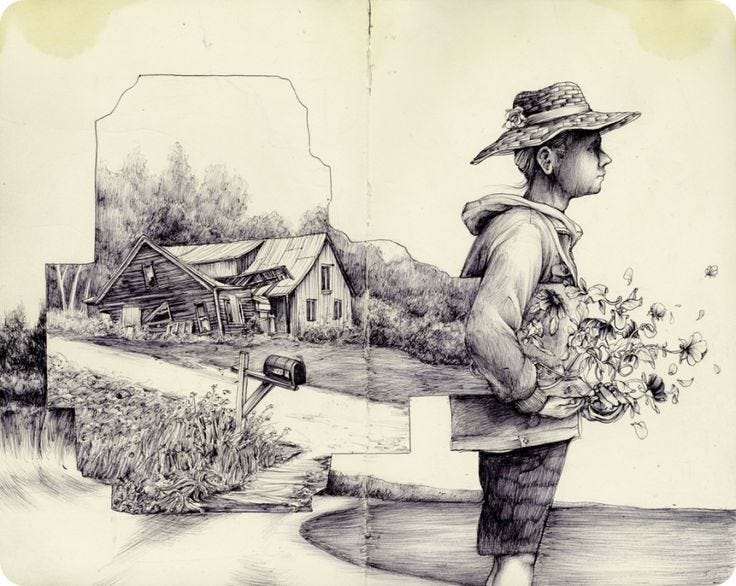

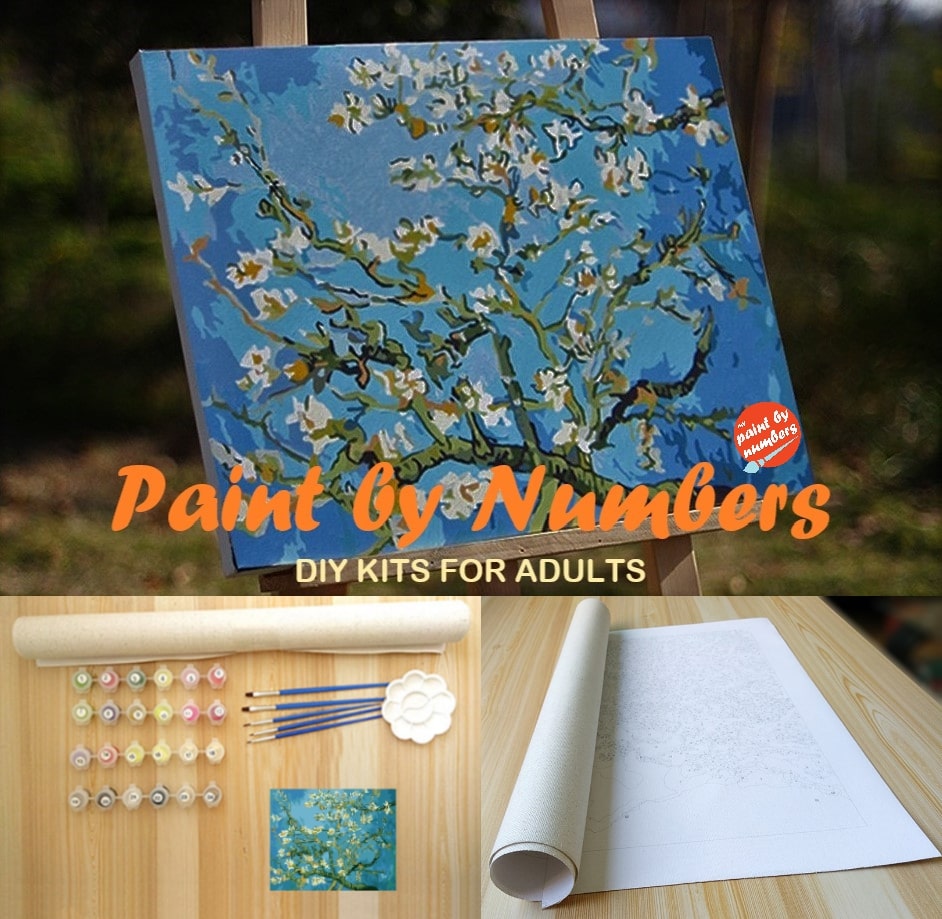
Leave a Reply